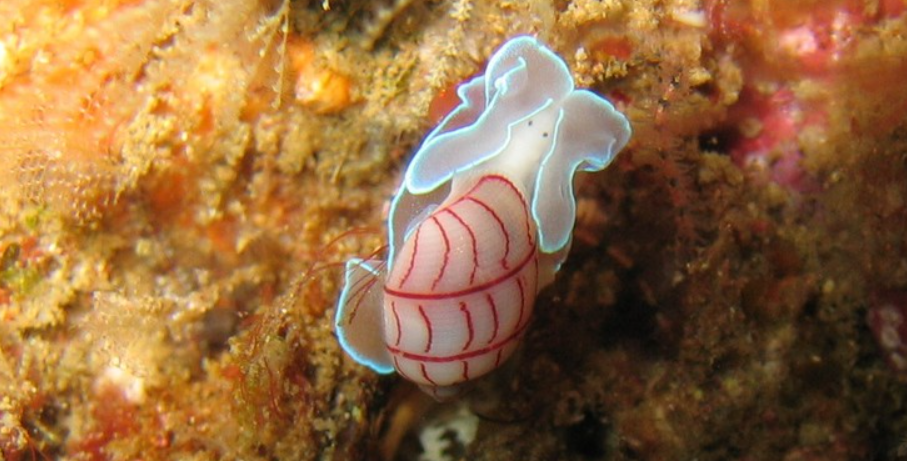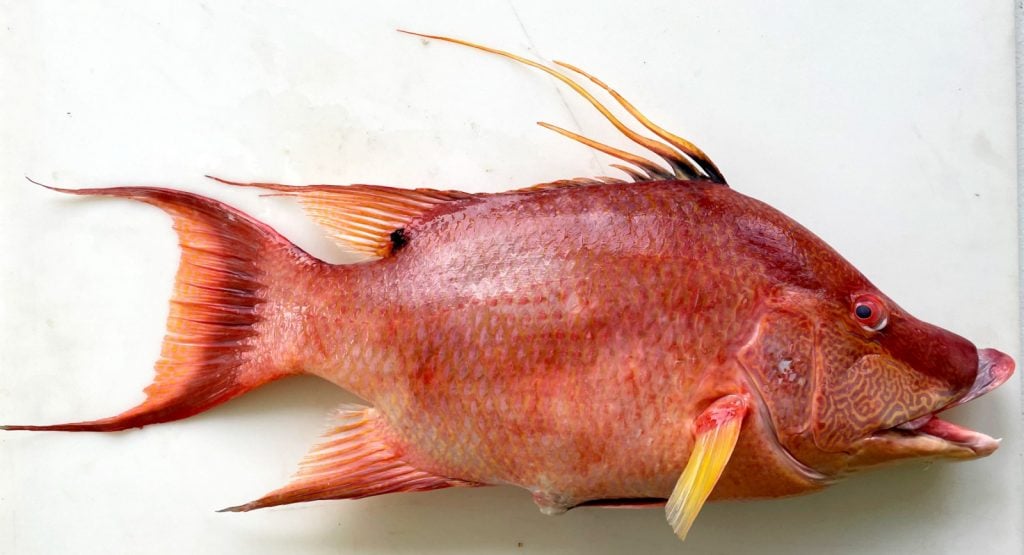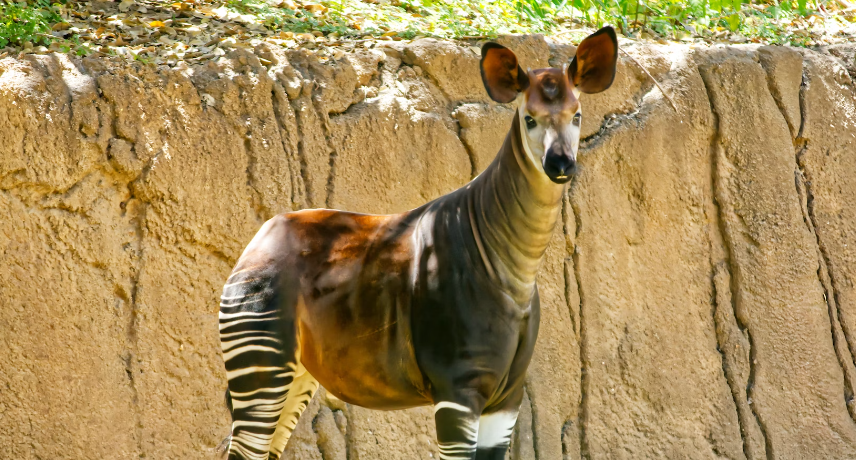Why Do Sloths Move So Slowly?

©️ coolvector / Freepik
Sloths, with their endearing smiles and leisurely pace, have captured our hearts. But behind that sleepy facade lies a fascinating creature perfectly adapted to its arboreal (tree-dwelling) life. This article delves into the world of sloths, exploring their sleep habits, habitat, movement, and unique adaptations. Let’s look into the mystery of why sloths move so slowly.
Sleeping Through the Day: Champions of Rest
Sloths are renowned for their sleep prowess. Three-toed sloths hold the record, snoozing a whopping 15-18 hours a day! Even two-toed sloths are no slouches, catching some shut-eye for 10-12 hours. But why so much sleep? Their slow metabolism and low-energy diet of leaves necessitate this extended rest period.

Sloths call tropical rainforests in Central and South America home. Here, they spend their entire lives dangling upside down from branches. This unique posture, aided by specially adapted claws, provides excellent camouflage and helps them avoid predators on the forest floor.
Taking it Slow: Movement with Minimal Effort
While sloths might seem sluggish, their slow movement is a deliberate strategy. Their low-energy diet provides minimal fuel, so every movement needs to be efficient. Their long limbs and hooked claws allow them to navigate the canopy with surprising agility, despite their glacial pace on the ground.
Masters of the Water
Despite their terrestrial lifestyle, sloths are surprisingly good swimmers. Their dense fur acts like a buoyancy aid, and their long limbs help them propel themselves through the water. This skill comes in handy when crossing rivers or escaping predators on land.
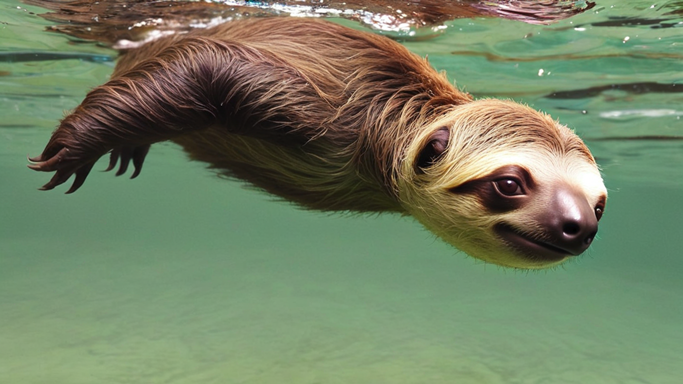
Why do Sloths Move so Slowly?
The evolution of sloth’s slowness is a topic of debate. One theory suggests it’s a predator avoidance tactic. By minimizing movement and energy expenditure, sloths become less detectable to predators. Another theory proposes it’s a result of their low-energy diet – simply put, they don’t have the fuel for a faster pace.
Sloths have a basal metabolic rate (the rate at which the body burns energy at rest) that’s a mere 40-60% of what would be expected for their size. This slow metabolism allows them to extract maximum energy from their leaves, even though they digest slowly due to the complex plant matter.
Built for the Branches
Sloths have a number of physical adaptations that make them tree-dwelling specialists. Their three-toed feet (for three-toed sloths) and two-toed feet (for two-toed sloths) act like powerful hooks, keeping them securely anchored to branches. Their fur, often greenish due to algae growth, provides excellent camouflage. Additionally, their internal organs are positioned differently to function properly while hanging upside down.
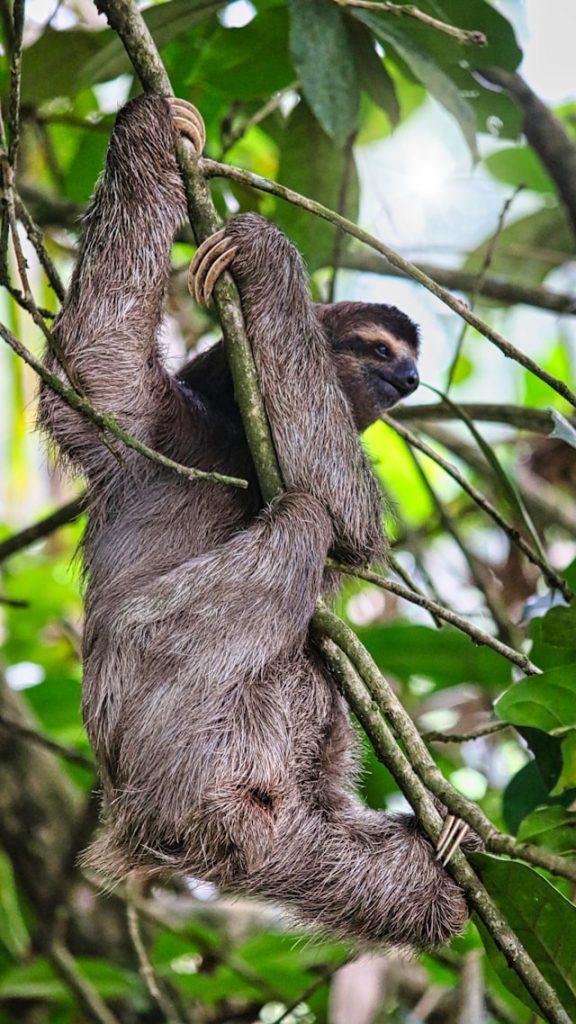
A Delicate Balance: Sloths and Their Environment
Sloths play a vital role in the rainforest ecosystem. They help disperse seeds through their droppings and contribute to nutrient cycling. However, deforestation and habitat loss pose a significant threat to their survival. Conservation efforts are crucial to ensure these slow and steady creatures continue to hang around.
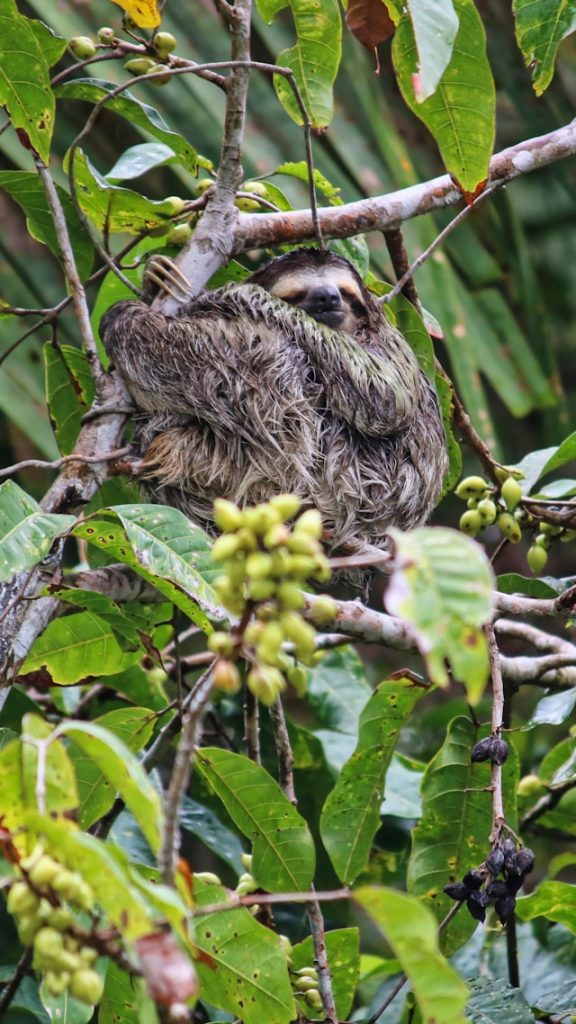
This glimpse into the world of sloths reveals a fascinating creature perfectly adapted to its niche. From their record-breaking sleep habits to their surprising swimming skills, sloths continue to amaze and intrigue us. By understanding their unique lifestyle and the delicate balance of their environment, we can ensure these captivating creatures thrive for generations to come.
How do you feel about sloths? Tell us in the comments.
You may also like: Honey Bees: Their Role and Crucial Environmental Importance
